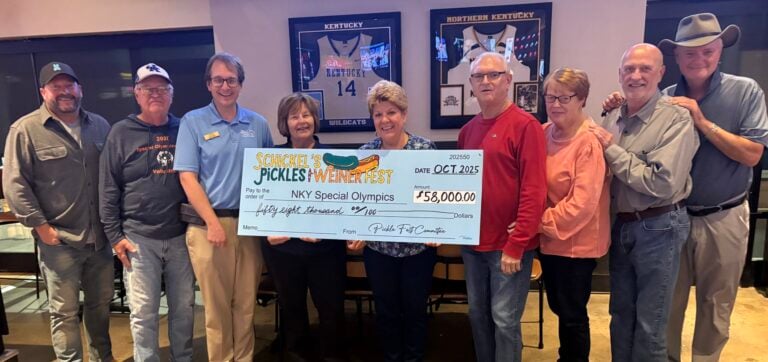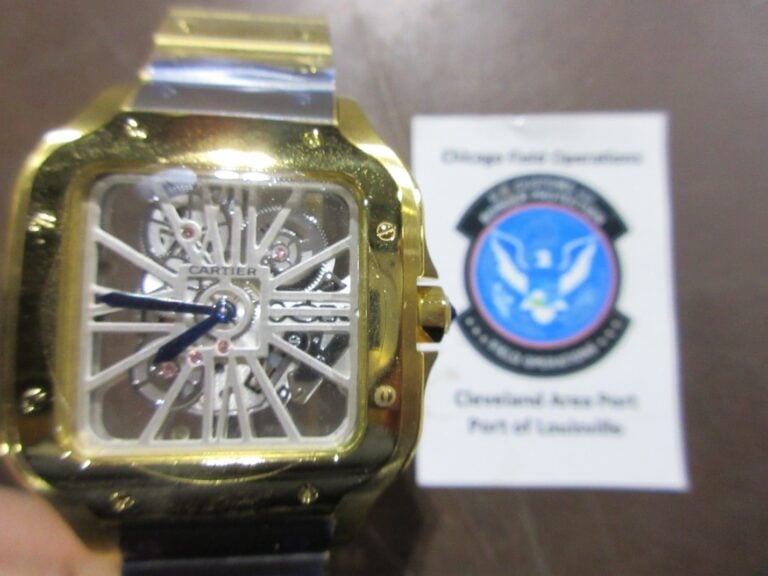By Wayne Onkst
Special to the NKyTribune
The Great Depression of the 1930’s brought economic devastation unlike anything experienced before. To alleviate suffering and provide jobs, the Federal government created many programs. Among the most successful of these programs was the pack horse library project.
As the Depression engulfed Eastern Kentucky, the beautiful but rugged mountain terrain offered few economic opportunities so families existed primarily on subsistence farming. One of the most profound indicators of the poor standard of living was the lack of books. The constant struggle to sustain life required all the time, energy and financial resources that families could muster. Books were an expensive luxury and in many homes, the only books were a Bible, and a Sears & Roebuck Catalog. The few public libraries in the area were poorly funded and operated mainly by women’s clubs so they offered few books for public use.

Franklin D. Roosevelt (FDR) understood the poverty and isolation of the area as he had visited on two occasions in addition to a campaign tour through Kentucky in 1932. Referring to the poverty, he related: “. . . I saw things with my own eyes that made me think more deeply about the fundamentals of life than I had ever thought before” (“Text of Roosevelt’s Latonia Address,” Kentucky Enquirer, July 9, 1938, p. 8). By March 1933 when Roosevelt became president, one quarter of the nation’s workforce had no job and no hope of finding one. At least 34 million nationwide had no means of support and half the population lived in poverty. FDR proposed a plan to employ millions of Americans—and the Works Progress Administration (WPA) was born.
The WPA employed 8.5 million Americans including 72,000 Kentuckians between 1935–1943. One of the challenges of the WPA was finding work for women who composed a significant group needing work. With more than half the state having no library service, Kentucky provided an ideal opportunity for employing women in a way that would bring lasting progress. By 1935, women were employed in 40 public libraries mending and classifying books. Few of these jobs were located in Eastern Kentucky, however, because so few libraries existed there.
In 1934 Benton Deaton, a Presbyterian minister in Leslie County, offered to give books from his community center to the state. The WPA agreed to pay the salaries for a supervising librarian and carriers to deliver these books to isolated residents. All other costs of the service were to be funded locally. Carriers were required to be local women and the head of household. They were paid $7.50 per week and this meager income often meant the difference between staying in their homes rather than moving in with relatives to make ends meet.
What made this project unique from other library projects around the country was the method of delivery. While the WPA funded bookmobiles in other states, the lack of roads made motorized delivery impossible in Eastern Kentucky. Many residents and most schools that needed the service were located up creeks and isolated “hollers” without roads.

The carriers were responsible for providing their transportation. Some carriers owned horses or mules while others hired a horse for 50 cents per week plus feed. Most carriers used dry creek beds and mountain paths on routes up to 18 miles long. Carriers traveled regardless of weather conditions with flooded creeks, ice, and mud making routes treacherous. They usually left at daybreak in order to get home before dark but occasionally a carrier would be delayed and would spend the night at a home on her route.
The service faced other obstacles. Some residents were reluctant to accept materials with unfamiliar concepts and ideas. Many residents were deeply religious with some opposed to any books other than the Bible. Others refused to accept what they considered “charity” or were skeptical that the service was free. Since they were trusted, the local carriers helped make residents comfortable with the service.
Carriers soon learned the type of materials desired by their users. Children’s picture books were popular with both children and parents who had limited, if any, reading skills. Older children loved adventure stories. Robinson Crusoe and Gulliver’s Travels were especially popular. Children enjoyed poetry that they could recite. Adults liked history — especially the Civil War and World War — and books about Kentucky. Other popular topics included biography, travel, adventure, and religion. Farmers wanted materials about crop improvement and illustrated how-to information. Women enjoyed cooking, nutrition, health, hygiene, and child rearing. Fiction was never in high demand with the exception of westerns. Most users, however, gladly took whatever the carriers brought.
Not only did the carriers deliver books, but they also read to children in schools when they made deliveries. In summer they would take the children outside under cool shade to read. Students were certain to attend school on days when carriers were expected.
One of the carriers recalled that she was always welcomed like a queen. Readers eagerly watched trails in anticipation of carriers who provided the only personal contact with the outside world for some residents. In addition to books, the carriers brought news from around the county.
Since the WPA didn’t pay for books and state funding was almost nonexistent, there was always a shortage of books. The collections, composed mainly of heavily used items, received so much use they soon began to fall apart. With no replacements available, carriers took parts of books along with craft ideas, Bible lessons, quilt patterns, and other items to create scrapbooks for circulation. Among popular items in scrapbooks were recipes clipped from magazines and newspapers, removed from food labels, or typed as described by local cooks. The scrapbooks were so popular that residents began to offer their own additions. A few of these scrapbooks remain in the FDR Library in Hyde Park, New York.
In 1936, the Kentucky Congress of Parents and Teachers, predecessor of the PTA, endorsed the project and asked local chapters to collect books and for each member to contribute a penny to purchase books. Contributions arrived from across Kentucky like one sent by Edna Colten of Morning View, President of Piner School PTA. Colten sent $2.14 and observed:
“You no doubt think we are very slow in sending our Penny Fund for the pack horse library, but we did not get it completed till just before the holidays, then the mails were so rushed that I decided to wait till after the Xmas season to send it. Then everyone in our family got down sick with the flu – so today is the first time I have even been able to write, so accept our little gift from our school children that it might make some other children happy to have some library books to read in their schools too. And may we add that we of Piner School wish each of them a Happy new year and may God bless each little child in some way” (Correspondence, Pack Horse Library files, Kentucky Department for Libraries and Archives. Letter dated January, 1937).

The Constance, Kentucky PTA sent $1.00 but regretfully reported that a large number of magazines collected were destroyed in the 1937 Ohio River flood.
As word of the project spread, libraries in Chicago and Boston sent discarded books and magazines. Though no longer useful in a major library, these materials were highly valued for the pack horse service. Carriers also solicited books from other sources and letters regularly appeared in the state’s newspapers imploring for books.
The pack horse library program brought the first library service to many Eastern Kentuckians. Even those who could not read took magazines and books for pictures of places they had never been and things they’d never seen. The materials provided badly needed information that made life easier during a very difficult time of deprivation.
The project included 29 counties by 1938 when 274 women were delivering books (George T. Blakey, Hard Times and New Deal in Kentucky Lexington: University Press of Kentucky, 1986, p. 64). Based on the Kentucky model, the WPA developed traveling libraries in Ohio, Georgia, South Carolina, Mississippi and other states. The service continued until 1943 when the WPA ended.
Most of Eastern Kentucky remained without access to books until the bookmobiles arrived in the mid-1950s.
Wayne Onkst retired as State Librarian and Commissioner of the Kentucky Department for Libraries and Archives in 2015. He was Director of the Kenton County Public Library from 1999 to 2006. He lives in Erlanger with his wife, Deborah. He can be contacted at wayneonkst@fuse.net.
Paul A. Tenkotte, PhD is Editor of the “Our Rich History” weekly series and Professor of History and Gender Studies at Northern Kentucky University (NKU). He also serves as Director of the ORVILLE Project (Ohio River Valley Innovation Library and Learning Enrichment), as well as Editor of the forthcoming ORVIE (Ohio River Valley Innovation Explorer), premiering in Summer 2024. ORVIE is now recruiting authors for entries on all aspects of innovation in the Ohio River Watershed including: Cincinnati (OH) and Northern Kentucky; Ashland, Lexington, Louisville, Maysville, Owensboro and Paducah (KY); Columbus, Dayton, Marietta, Portsmouth, and Steubenville (OH); Evansville, Madison and Indianapolis (IN), Pittsburgh (PA), Charleston, Huntington, Parkersburg, and Wheeling (WV), Cairo (IL), and Chattanooga, Knoxville, and Nashville (TN). If you would like to be involved in ORVILLE or ORVIE, please contact Paul Tenkotte at tenkottep@nku.edu.





















